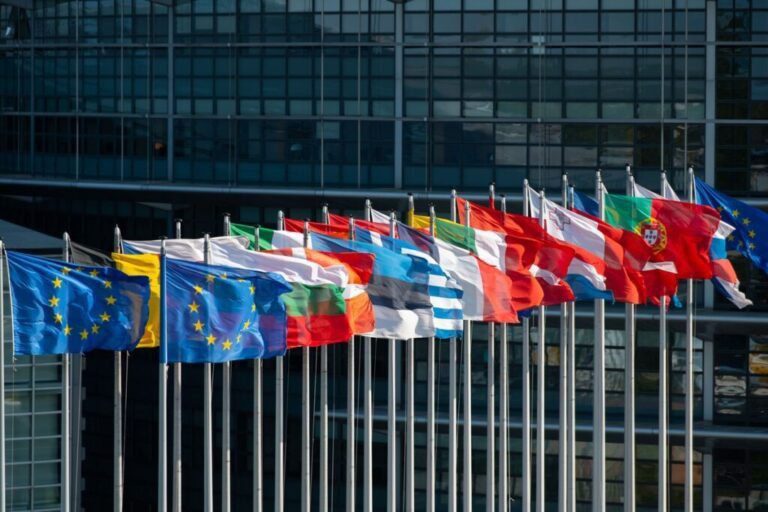The Council has officially adopted new regulations designed to streamline and enhance the processes for obtaining double taxation relief, thereby promoting cross-border investment and combating tax fraud effectively.
The FASTER directive aims to simplify withholding tax procedures across the European Union, making them more secure and efficient for cross-border investors, national tax authorities, and financial intermediaries, including banks and investment platforms. Mihály Varga, Hungary’s Finance Minister, emphasized that “the FASTER directive will standardize our withholding tax relief procedures to ensure that investors are not subject to double taxation on their returns from cross-border investments in equities and bonds. This initiative is a significant advancement towards strengthening the capital markets union; by improving withholding tax procedures, we will foster greater investment in the EU’s financial markets, reduce administrative burdens, and enhance our ability to detect tax fraud.”
Understanding Double Taxation In the context of cross-border investments, many EU member states currently impose taxes on dividends from shares and interest from bonds paid to foreign investors. Concurrently, these investors must also pay income taxes on the same income in their country of residence. Despite existing treaties between member states aimed at mitigating double taxation, the claim procedures for withholding tax relief differ significantly across countries. This inconsistency often results in lengthy, costly, and complex relief or refund processes, which can be susceptible to extensive tax fraud. The FASTER directive seeks to transform these procedures, making tax relief processes faster, simpler, and safer.
Introduction of a Common Tax Residence Certificate To facilitate faster procedures for tax relief, the directive will implement a common EU digital tax residence certificate (eTRC). This certificate will enable qualifying investors to expedite their applications for withholding tax relief. Member states will establish an automated system to issue eTRC to individuals or entities recognized as tax residents in their jurisdictions.
Implementation of Fast-Track Procedures The directive introduces two fast-track options in addition to the conventional refund method for withholding taxes, which will harmonize and accelerate relief and refund processes throughout the EU. Member states will be required to offer at least one of the following systems: – A “relief-at-source” mechanism, allowing the appropriate tax rate to be applied at the moment dividends or interest are paid. – A “quick refund” method, ensuring that reimbursements of overpaid withholding taxes are processed within a specified time frame.
All EU countries must implement these fast-track procedures if they provide relief from excess withholding tax on dividends issued for publicly traded shares. Additionally, member states may opt to maintain their current systems without applying the specific chapter of the directive under certain conditions, such as offering a robust relief-at-source system for specific excess withholding taxes. The directive also allows for additional exclusions from fast-track procedures to enable further fraud prevention checks.
Provisions for Indirect Investments The new regulations will ensure that legitimate investors using collective investment vehicles can also access the expedited procedures for tax relief. Certified financial intermediaries requesting relief on behalf of registered owners will be tasked with conducting due diligence to confirm eligibility for tax relief.
Standardized Reporting Requirements for Financial Intermediaries The directive introduces standardized reporting obligations for financial intermediaries, such as banks and investment platforms, enhancing the ability of national tax authorities to identify potential tax fraud or abuse. Member states will maintain national registers for large financial intermediaries, requiring them to register for certification.
To streamline this process, the Council has approved the establishment of a European Certified Financial Intermediary Portal, offering a centralized location for access to national registers. Once registered, financial intermediaries must provide necessary information regarding transactions to tax authorities, enabling traceability. Member states may demand comprehensive reporting to detect potential tax fraud cases, involving both direct and indirect reporting methods along the securities payment chain. Consequences will follow for member states that fail to comply with the directives laid out.
Background and Future Actions On June 19, 2023, the European Commission proposed the FASTER directive. It is subject to a unique legislative process requiring unanimous council approval. The finalized text will be published in the EU’s Official Journal, marking its official entry into force. Member states have until December 31, 2028, to incorporate the directive into their national legislation, with its provisions taking effect on January 1, 2030. In a consultative role, the European Parliament shared its insights on February 28, 2024, and after a subsequent consultation period with the Council, issued a revised opinion on November 14, 2024.



